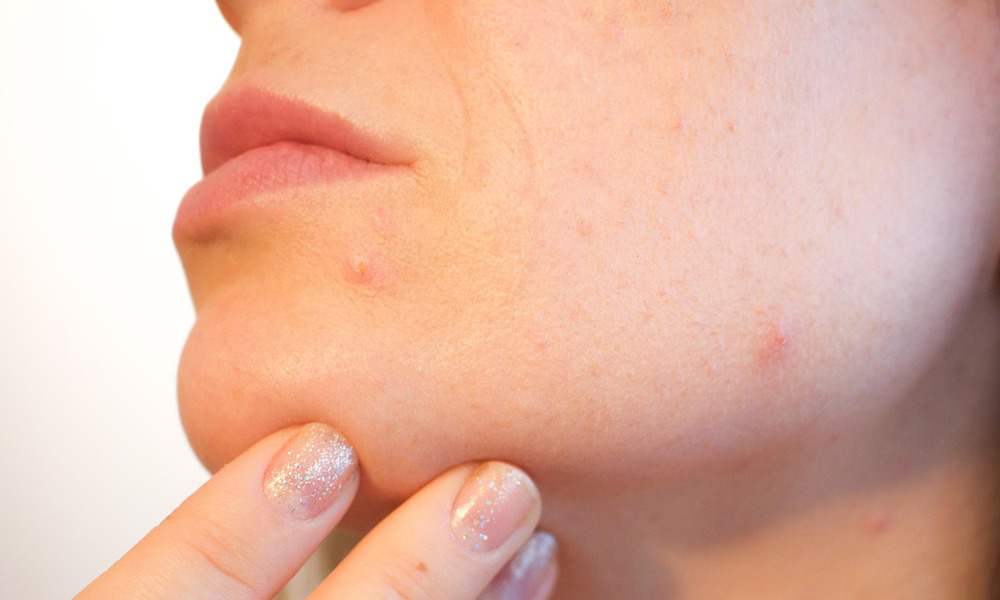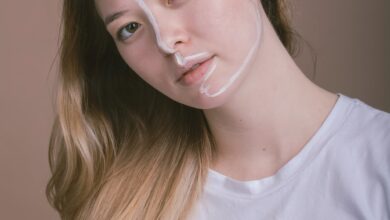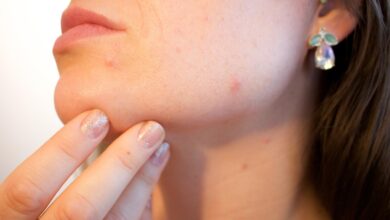Antifungal Creams for Fungal Acne: What Really Works?

Fungal acne is a commonly misunderstood skin condition that often masquerades as regular acne but doesn’t respond to typical acne treatments. Unlike bacterial acne, fungal acne is caused by the overgrowth of yeast on the skin, not bacteria. This key difference makes antifungal creams an essential part of treating and managing it effectively.
If you’ve been using salicylic acid, benzoyl peroxide, or standard cleansers with no results, you may be dealing with fungal acne, and antifungal creams might be the answer.
This in-depth guide will walk you through:
What is fungal acne?
Why antifungal creams are effective
Which antifungal ingredients to look for
The best over-the-counter and prescription options
How to use antifungal creams correctly
Tips for preventing future breakouts
What Is Fungal Acne?
Fungal acne, medically known as Malassezia folliculitis or pityrosporum folliculitis, occurs when yeast naturally present on the skin grows excessively and causes clogged hair follicles, leading to:
Small, uniform red or skin-colored bumps
Itching or stinging sensation
Clusters mostly on the chest, back, and forehead
It’s often triggered by:
Hot, humid environments
Sweating and tight clothing
Overuse of antibiotics or topical steroids
Imbalanced skin microbiome
Unlike bacterial acne, fungal acne won’t respond to regular acne treatments. Some ingredients may worsen it by feeding the yeast (like fatty acids in moisturizers or certain oils).
Why Antifungal Creams Work for Fungal Acne
Fungal acne is driven by yeast overgrowth, not clogged pores or oil production. Therefore, products targeting bacteria are ineffective.
Antifungal creams help by:
Killing or slowing down the Malassezia yeast
Clearing blocked follicles
Reducing inflammation
Preventing future breakouts
These creams usually contain ingredients that disrupt the yeast’s cell membrane, eliminating the overgrowth and restoring balance to the skin.
Key Antifungal Ingredients to Look For
Not all antifungal creams are created equal. To treat fungal acne effectively, look for these clinically proven ingredients:
1. Ketoconazole
Broad-spectrum antifungal
Often used in 2% prescription creams or shampoos
Reduces yeast colonies quickly
2. Clotrimazole
Widely available OTC
Used in both creams and powders
Works well for mild-to-moderate fungal acne
3. Miconazole
Commonly used in antifungal foot or jock itch creams
Effective against Malassezia
Affordable and accessible
4. Econazole or Oxiconazole
Prescription-strength options
Typically recommended for more persistent or widespread fungal acne
5. Selenium Sulfide (in creams or lotions)
Reduces yeast population
Often found in anti-dandruff lotions, but can be applied topically
Best Antifungal Creams for Fungal Acne
Here are some highly effective antifungal creams that target the yeast responsible for fungal acne:
1. Nizoral Cream (Ketoconazole 2%)
Powerful prescription option
Fast-acting for moderate to severe fungal acne
Often recommended by dermatologists
2. Canesten Cream (Clotrimazole 1%)
Over-the-counter and gentle on skin
Ideal for mild cases or long-term maintenance
Non-comedogenic and widely available
3. Daktarin (Miconazole 2%)
Used to treat various yeast infections, including skin infections
Safe for facial use (avoid the eye area)
Affordable and effective
4. Lamisil Cream (Terbinafine)
Typically used for athlete’s foot, but works well for resistant fungal acne
Use with care on the face and avoid prolonged use unless advised
5. Selsun Lotion (Selenium Sulfide)
Not a cream, but a topical antifungal lotion
Use as a short-contact treatment (leave on for 5–10 minutes, then rinse)
Helps prevent recurrence
⚠️ Note: Always patch test and consult with a dermatologist, especially if you’re using prescription-strength creams on the face.
How to Use Antifungal Creams for Best Results
Using antifungal creams the right way can mean the difference between temporary relief and long-term results.
Step-by-Step Guide:
Cleanse your skin with a gentle, non-oily, pH-balanced cleanser.
Pat your skin dry—fungal acne thrives in moisture.
Apply a thin layer of antifungal cream to the affected areas.
Use once or twice daily, depending on the product and severity.
Avoid layering with oil-based products that could feed yeast.
Continue usage for at least 2–4 weeks, even if symptoms clear up early.
What to Avoid When Treating Fungal Acne
Certain skincare habits and ingredients can worsen fungal acne or interfere with the effectiveness of antifungal creams:
❌ Heavy oils and butters (e.g., coconut oil, olive oil)
❌ Fatty acid-rich moisturizers
❌ Occlusive makeup or sunscreens
❌ Long hot showers or sweating without washing
❌ Topical steroids unless prescribed
Instead, opt for non-comedogenic, yeast-safe products and keep your skin dry and clean.
Preventing Recurrence of Fungal Acne
Fungal acne can come back, especially in humid climates or during periods of stress and sweat. Here’s how to keep it away:
✅ Prevention Tips:
Shower immediately after workouts
Wash sweaty clothes promptly
Avoid sharing towels
Use antifungal shampoos or body washes 2–3 times a week
Wear breathable, loose clothing
Rotate in Selsun or Nizoral shampoo as a face/body cleanser occasionally
Consistency is key. Building a routine that keeps your skin yeast-balanced will reduce the chances of flare-ups.
FAQs About Antifungal Creams for Fungal Acne
Q1: Can I use antifungal foot or jock itch cream on my face?
Yes, but with caution. Choose mild versions like clotrimazole or miconazole, and avoid sensitive areas like around the eyes. Always patch test first.
Q2: How long does it take to see results?
You may notice improvement within 3–7 days, but continue treatment for at least 2–4 weeks to prevent recurrence.
Q3: Should I stop using all other skincare products?
Not necessarily. Avoid oil-based or occlusive products, but continue with hydrating, yeast-safe moisturizers and gentle sunscreens.
Q4: Do I need a prescription for antifungal creams?
Not always. Clotrimazole and miconazole are available over the counter. For more severe or persistent cases, consult a dermatologist for prescription-strength treatments.
Q5: Can I use antifungal creams alongside other acne treatments?
You can, but avoid using benzoyl peroxide, retinoids, or AHAs at the same time, as they may irritate the skin or reduce the cream’s effectiveness. Space them out if needed.
Conclusion
Treating fungal acne requires a shift in approach—away from traditional acne remedies and toward targeted antifungal solutions. Antifungal creams like clotrimazole, ketoconazole, and miconazole can deliver real results when used correctly and consistently.
If you’ve struggled with stubborn breakouts that don’t respond to conventional treatments, it’s time to consider the possibility of fungal acne and give antifungal creams a chance. Paired with the right skincare routine and lifestyle adjustments, you can clear your skin and keep it that way.




